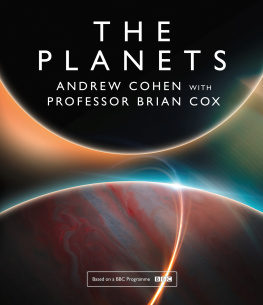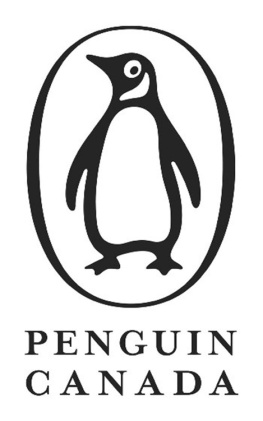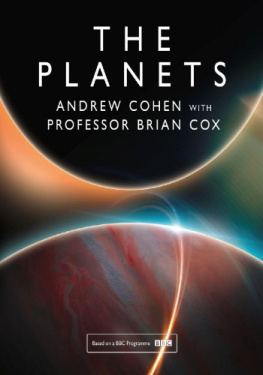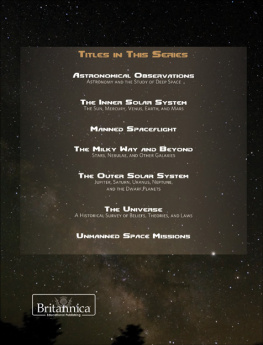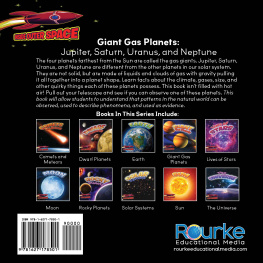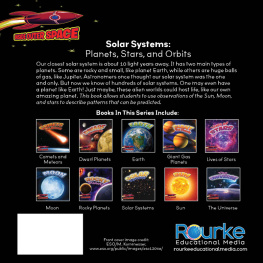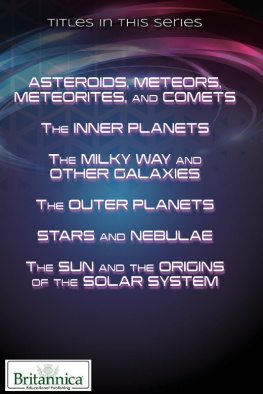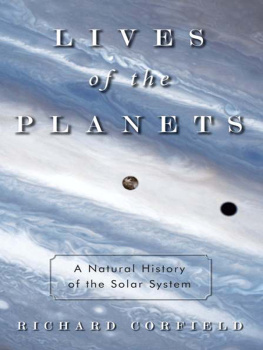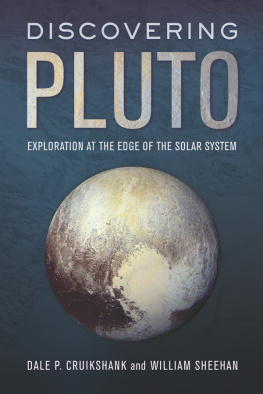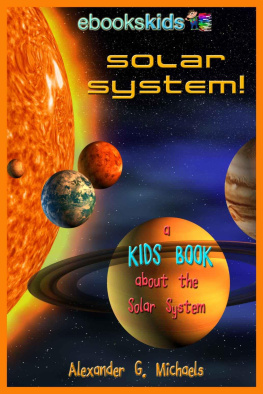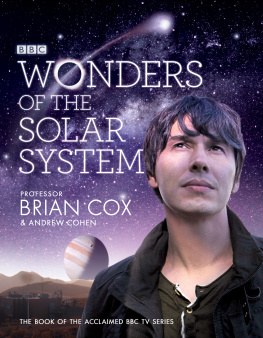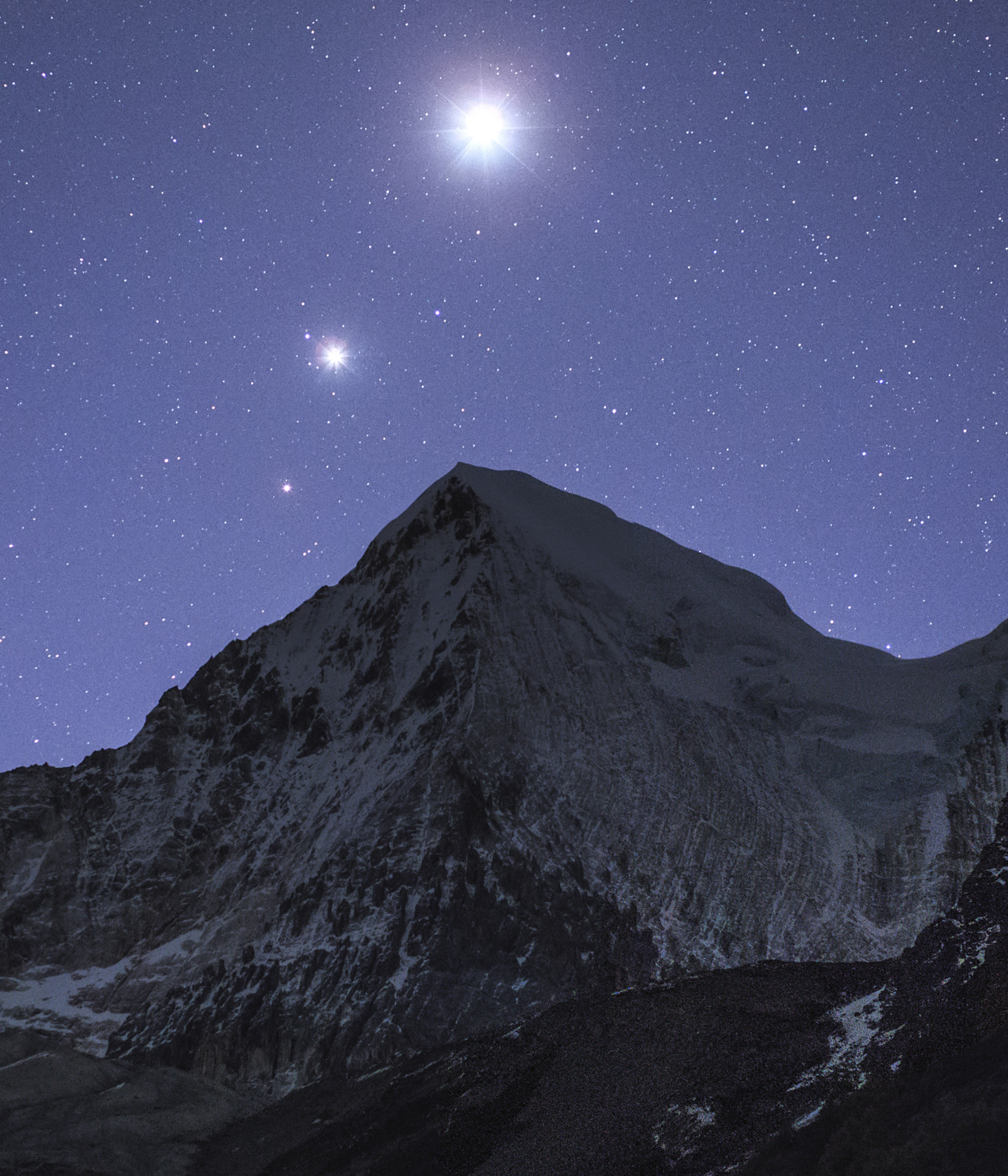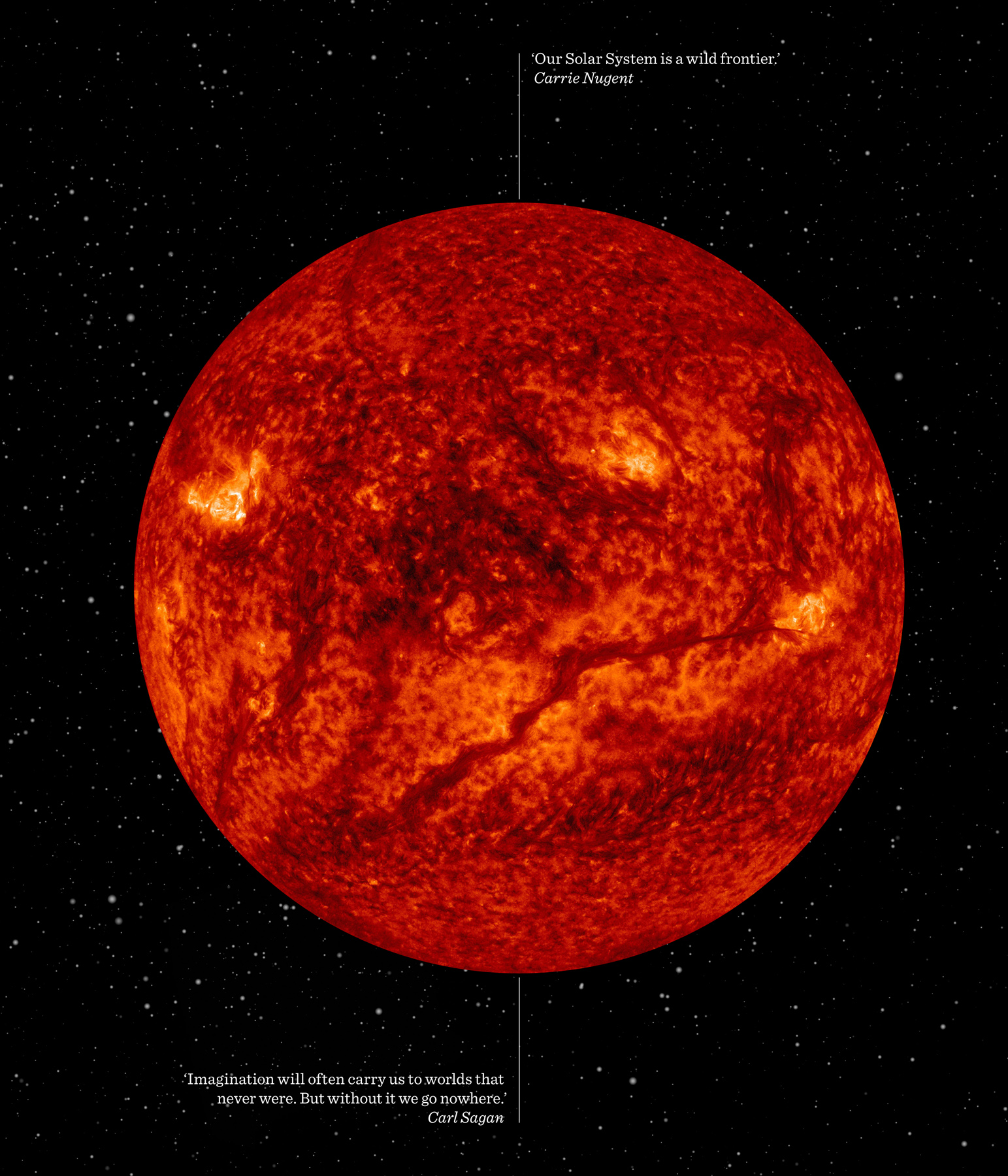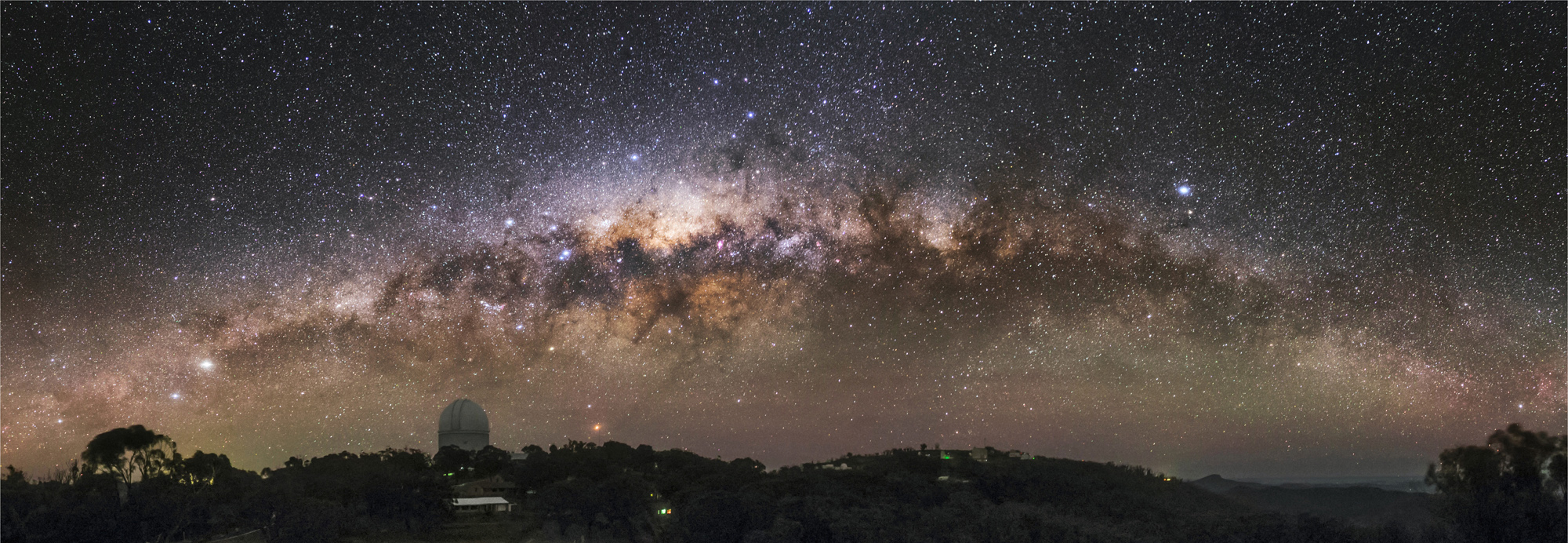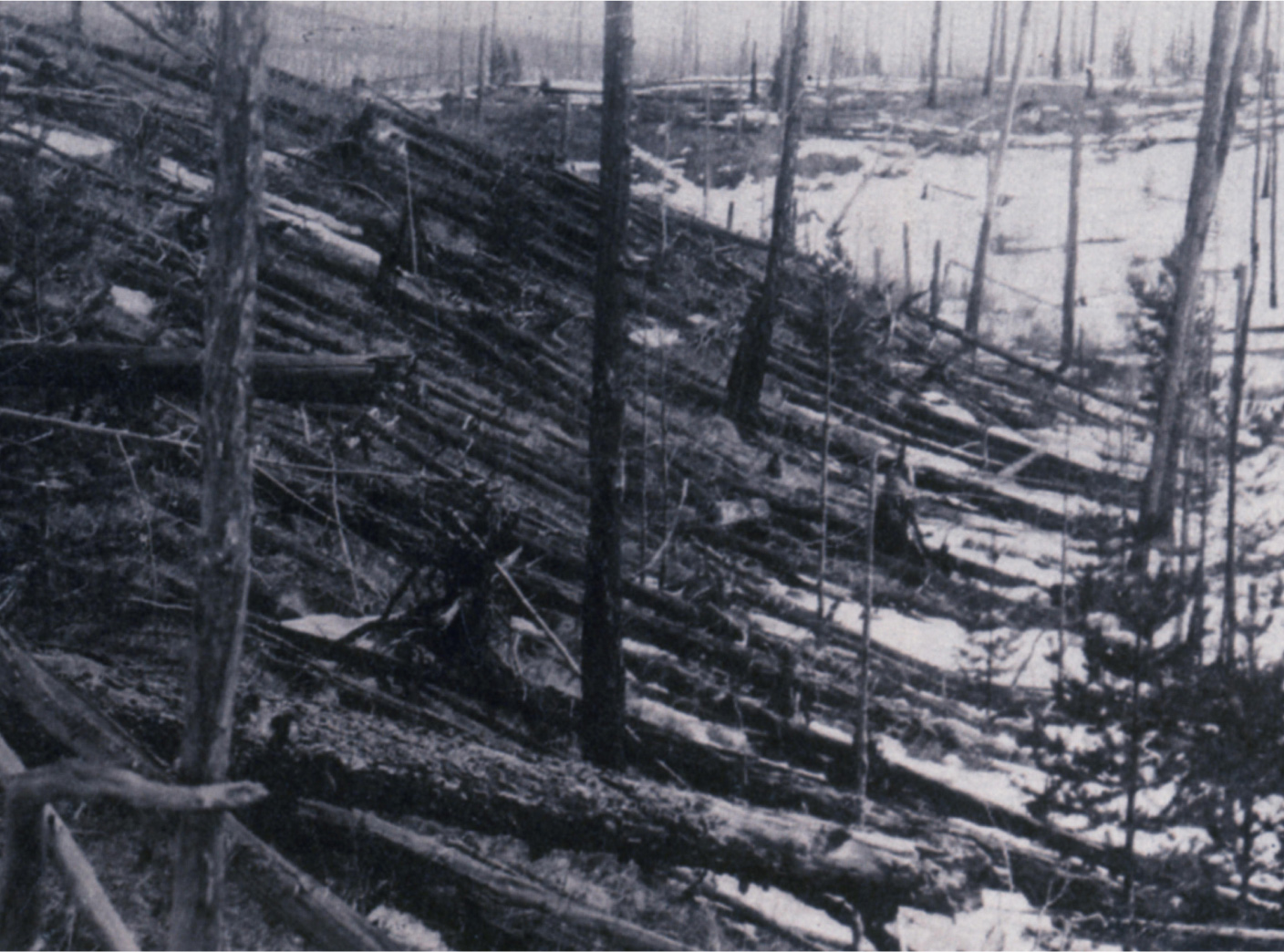JEFF DAI / SCIENCE PHOTO LIBRARY
William Collins
An imprint of HarperCollins Publishers
1 London Bridge Street
London SE1 9GF
WilliamCollinsBooks.com
This eBook edition published by William Collins in 2019
Text Brian Cox & Andrew Cohen 2019
Images Individual copyright holders
Diagrams HarperCollinsPublishers 2019
By arrangement with the BBC
The BBC logo is a trademark of the British Broadcasting Corporation and is used under licence
BBC logo BBC 2014
Brian Cox and Andrew Cohen assert their moral right to be identified as the authors of this work in accordance with the copyright, Designs and Patents Act 1988
Jupiter cover image: NASA/JPL/Space Science Institute
All other cover images: Shutterstock
A catalogue record for this book is available from the British Library.
All rights reserved under International and Pan-American Copyright Conventions. By payment of the required fees, you have been granted the non-exclusive, non-transferable right to access and read the text of this eBook on-screen. No part of this text may be reproduced, transmitted, downloaded, decompiled, reverse engineered, or stored in or introduced into any information storage and retrieval system, in any form or by any means, whether electronic or mechanical, now known or hereinafter invented, without the express written permission of HarperCollins Publishers.
Source ISBN: 9780007488841
Ebook Edition April 2019 ISBN: 9780008313470
Version: 2019-05-17
TO ANNA AMONGST THE VASTNESS OF THIS STORY HOW LUCKY AM I TO HAVE FOUND YOU.
ANDREW COHEN
CONTENTS
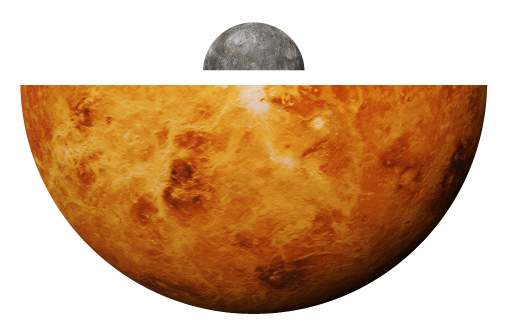
pg005 Shutterstock
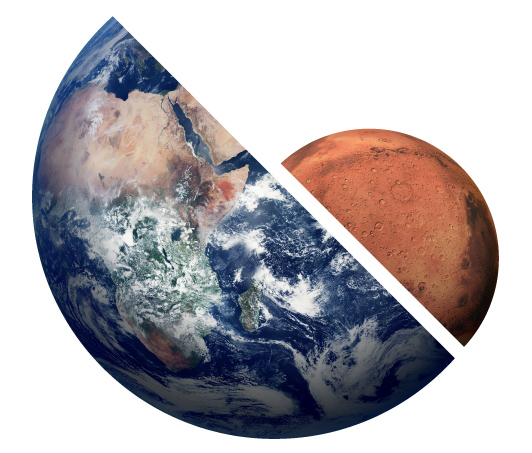
pg005 Shutterstock
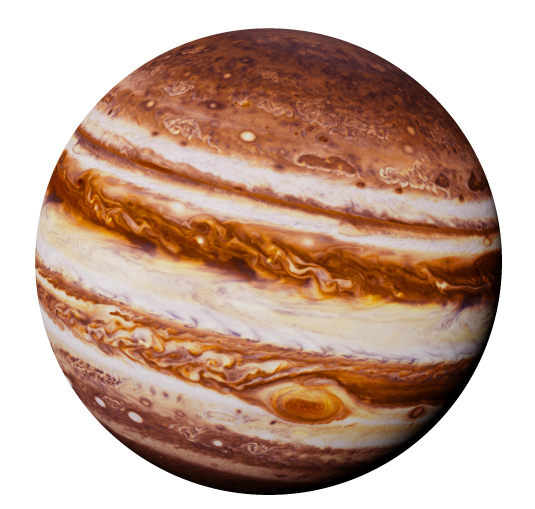
pg005 Shutterstock
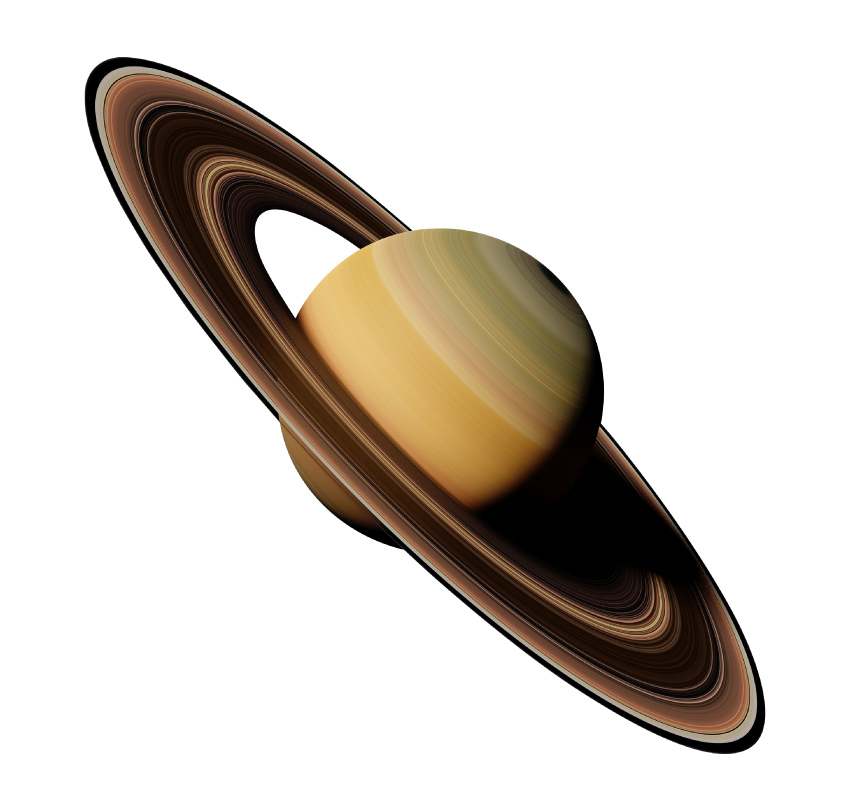
pg005 Shutterstock

pg005 Shutterstock
URANUS
NEPTUNE
PLUTO
AN INTRODUCTION
SOLAR SYSTEM
PROFESSOR BRIAN COX
Shutterstock
WANDERING LIGHTS
I n the daytime, our universe stretches only as far as the horizon. The Sun hides in plain sight because it is too bright for us to see it directly. Only rarely do we glimpse a watercolour moon. Unless we think hard, our intellects are confined to the surface of the Earth. After sunset, beyond cities, the Universe appears; a destination for the imagination, albeit separated by a seemingly unbridgeable gulf. This may be true for the stars, but it is not so for the planets. There are times when Mars, Venus, Jupiter and Saturn dominate the sky; bright lights that shift position nightly against the fixed stars, commanding our attention even if we arent certain what were looking at. The distances are still vast by terrestrial standards, but despite appearances the gulf is certainly not unbridgeable, because we have visited all of these planets and taken our first steps into the outer reaches of the Solar System beyond. And yet the wandering lights in the dark still feel detached from human affairs, and the time and effort weve spent in visiting them might seem to be an indulgence. This assumption, however, is profoundly wrong.
The exploration of the planets is not an indulgence. If we want to know how we came to be here we need to understand the histories of the planet that gave birth to us and the system that gave birth to it. We are children of Earth and also children of the Solar System.
BABAK TAFRESHI / SCIENCE PHOTO LIBRARY
The Milky Way in the night sky over Sliding Spring Observatory, New South Wales, Australia.
The Solar System is a system. The Sun and the eight major planets and countless billions of minor planets, moons, asteroids, comets and unclassified lumps of ice and rock were formed back in the mists of time and they continue to evolve as one. We rarely notice the dynamic, interconnected nature of our system, although asteroid strikes on our planet are not such a rare occurrence. The Chelyabinsk impact in February 2013 injured 1,500 people when a 12,000-tonne asteroid broke up as it entered the Earths atmosphere at 60 times the speed of sound, and the Tunguska airburst in Siberia in 1908 flattened 800 square miles of forest in an explosion comparable to that of the most powerful hydrogen bomb ever tested. The surface of the Moon bears testament to a record of violence and destruction from the skies that the Earth has also endured, but the relentless erasure of craters by weathering and our good fortune that no major impacts have occurred in recorded human history are the reason for our misplaced sense of isolation from the heavens.
Science History Images / Alamy Stock Photo
The Tunguska airburst of 1908 is the largest impact event on Earth in recorded history. It flattened 800 square miles of forest.
Pluto / Alamy Stock Photo
Meteor showers are not uncommon, but as most meteors are smaller than sand grains, they disintegrate before hitting the Earths surface.
The interdependent nature of the Solar System has become more evident as we have begun to understand its history. It is tempting to imagine that the physical layout of the planets is a fossilised remnant of primordial patterns in the collapsing dust cloud around the newly ignited Sun 4.6 billion years ago, but our exploration of the planets, coupled with increasingly powerful computer simulations of the evolution of the Solar System, has revealed that this is not the case. Planetary orbits are prone to instability; particularly so in the early, more chaotic years when our Solar System was young. The details of precisely how the planetary orbits have shifted are still uncertain, but we now suspect that Mercury, the innermost planet, began life much further out and was deflected inwards to its present-day seared orbit. Jupiter and Saturn may have drifted inwards shortly after their formation, before reversing their course and retreating, but not before affecting the distribution of material out of which Mars and Earth would later form. Around the time that life began on Earth, Neptune and Uranus may have been flung outwards, disrupting the orbits of billions of smaller objects far from the Sun. The record of this time of unprecedented violence, known as the Late Heavy Bombardment, is written across the scarred surface of the Moon, itself most likely formed in a glancing interplanetary collision between Earth and a Mars-sized planet 4.5 billion years ago. The planets are like snowflakes; the detail of their structure their composition, size, spin and climate are a frozen record of their past.

